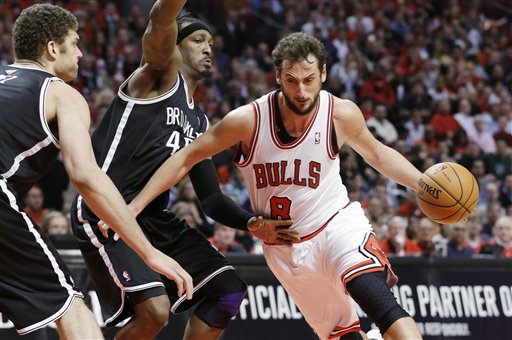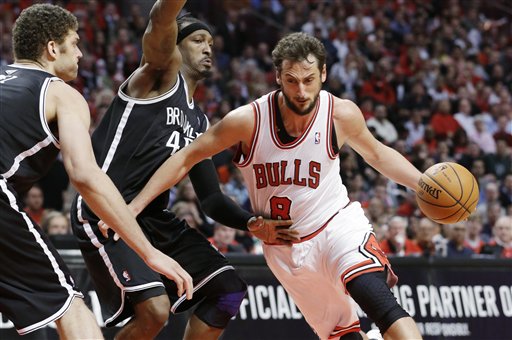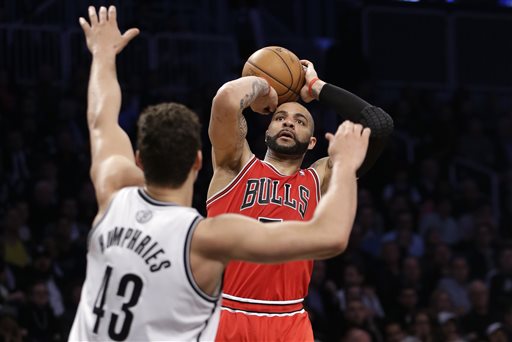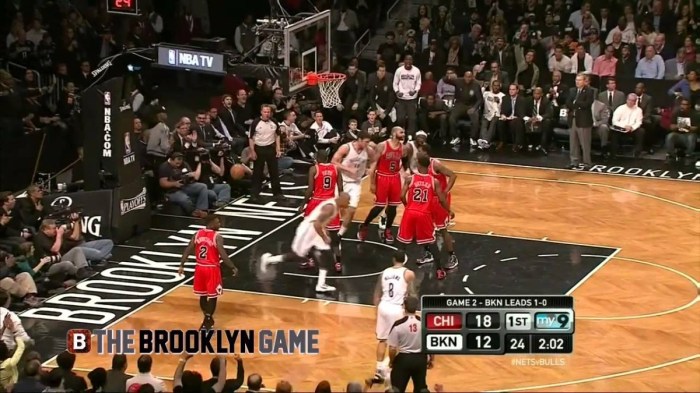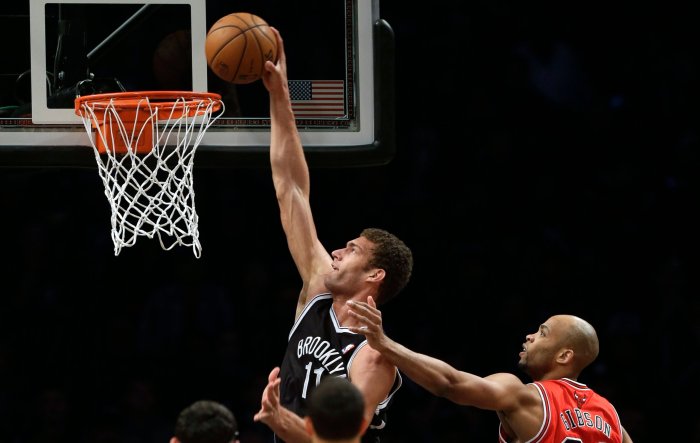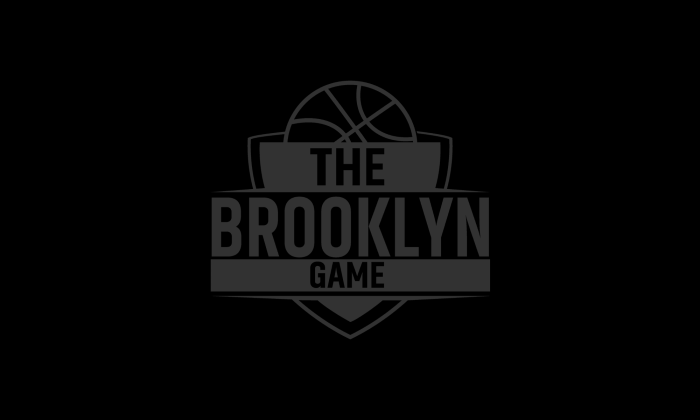After yielding a lead late into the fourth quarter and eventually succumbing to the Bulls in triple overtime, the Nets faced a 3-1 series deficit.
Now, after two straight wins, the Nets are one game away from completing the comeback and clinching the series.
To do so, however, the Nets will need to play their best game of the series. Offensively, the Nets have seemed to figure out the right mix of lineup combinations and schemes to finally counteract this stingy Bulls defense. Assuming the Nets can keep taking advantage of this depleted Bulls roster, adjustments have to come on the defensive side of the ball to capture a Game 7 victory.
Here’s the two biggest adjustments the Nets need to make to assure victory:
Pick and Roll Coverage
The primary way the Bulls found success against the Nets in Game 6 was in the pick-and-roll. Coverage out on the perimeter has never been a strength of Brook Lopez’s (or Andray Blatche’s, for that matter) and the Bulls found ways to exploit those bigs for multiple baskets last game. Most of the damage came from the roll man.
The Bulls screener converted on buckets in six of the seven field goal attempts they had. Three of those six were long two-point attempts, a statistically inefficient shot, and something the Nets will live with. The other three were more concerning, as they were nearly uncontested layups at the rim, all from Joakim Noah.
Using Noah as the screener, the Bulls went to a side pick-and-roll, and the lack of mobility from the Nets’ frontcourt — as well as some shoddy helpside coverage — allowed Noah to swoop to the hoop on three different occasions.
In the picture above, you see Noah rolling after setting his ball screen for Marco Belinelli. Lopez is unable to hedge, and thus must sit back and try to contain Belinelli’s penetration, which sort of puts him in no man’s land defensively. But, regardless of Lopez’s difficult positioning, he is helping and when one defender helps, every defender must help.
If you notice, all three Nets defenders on the helpside (Deron Williams, Joe Johnson and Reggie Evans) are still not reacting or rotating, even as Noah clearly has a line to the hoop. In fact, of the three, only Joe Johnson attempts to cut off Noah, but his rotation is late, thus futile.
Initially, a better hedge or quicker rotations on the backside can prevent these layups at the rim. For a player like Noah, his effectiveness increases drastically if he is scoring. Giving him easy attempts at the rim spurs offense for a team struggling on that end.
Watch all of Noah’s roll baskets:
The Belinelli Factor
For much of this series, Bulls shooting guard Marco Belinelli has been a non-factor, held to single digit scoring in four of the first five games. But an injury to Luol Deng thrusted Belinelli into the Bulls starting lineup for Game 6, providing him with minutes (46) and shot attempts (he chucked up 21). Belinelli led the Bulls in scoring, adding a dimension to their lineup they previously lacked.
While Deng will do most of his damage out of post ups and in the midrange, Belinelli is a master of playing off the ball, darting around screens and range extending to three-point territory. This range makes Belinelli a dangerous spot-up shooter, especially in transition — Belinelli floats to a perimeter spot instead of looking to attack the rim, as most non-shooters will do.
Take a look at this Belinelli three:
Notice how Belinelli drifts past both Joe Johnson and Gerald Wallace in transition, as both Nets defenders race back to the paint first. Belinelli gets lost, and the result is a wide open three-pointer.
Breakdowns like this happen, but for a Bulls team that is starved of scoring, any open look for a Bulls shooter can spur more offense. With Belinelli on the court, the Nets will need to do a better job of locating him earlier in possessions.

